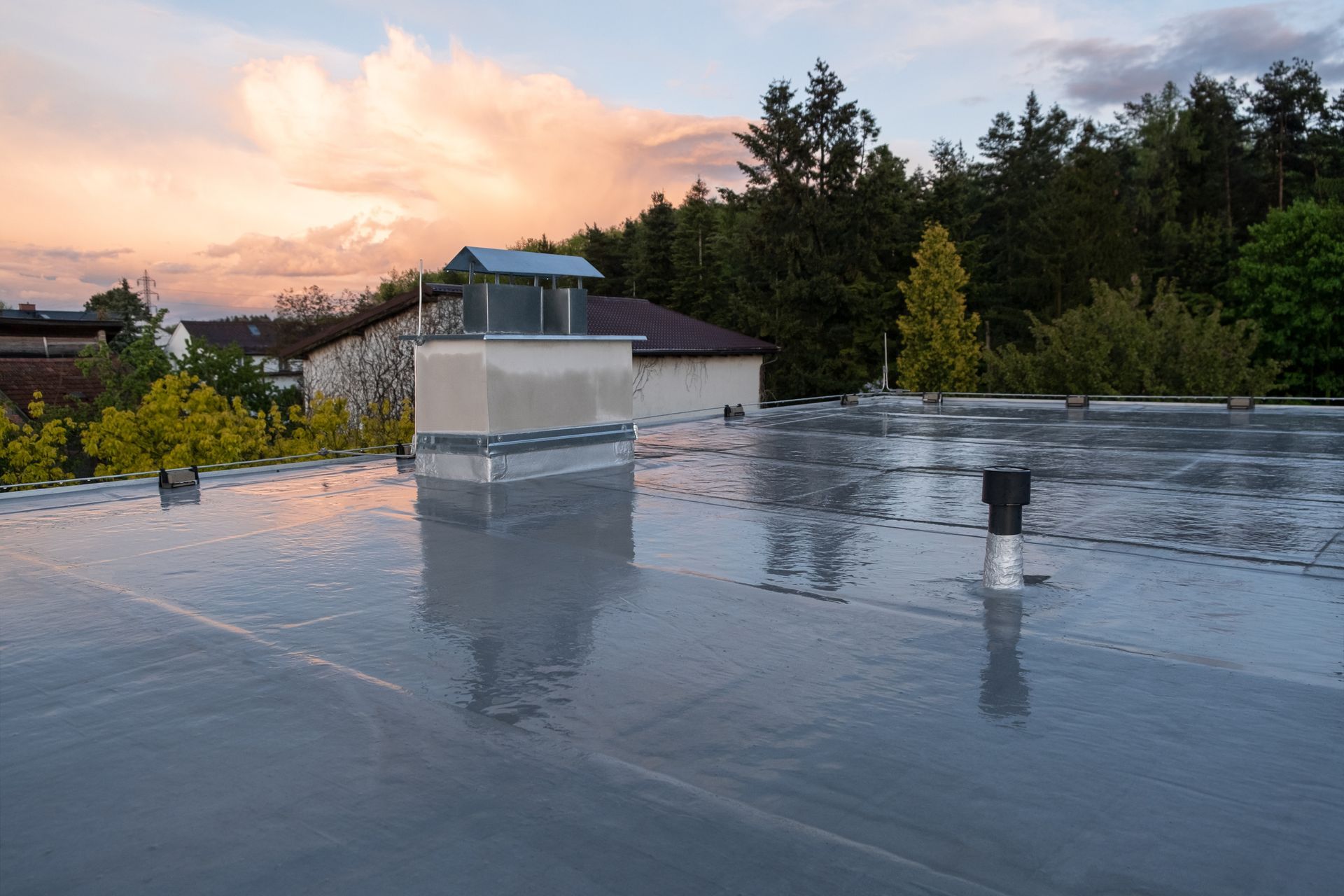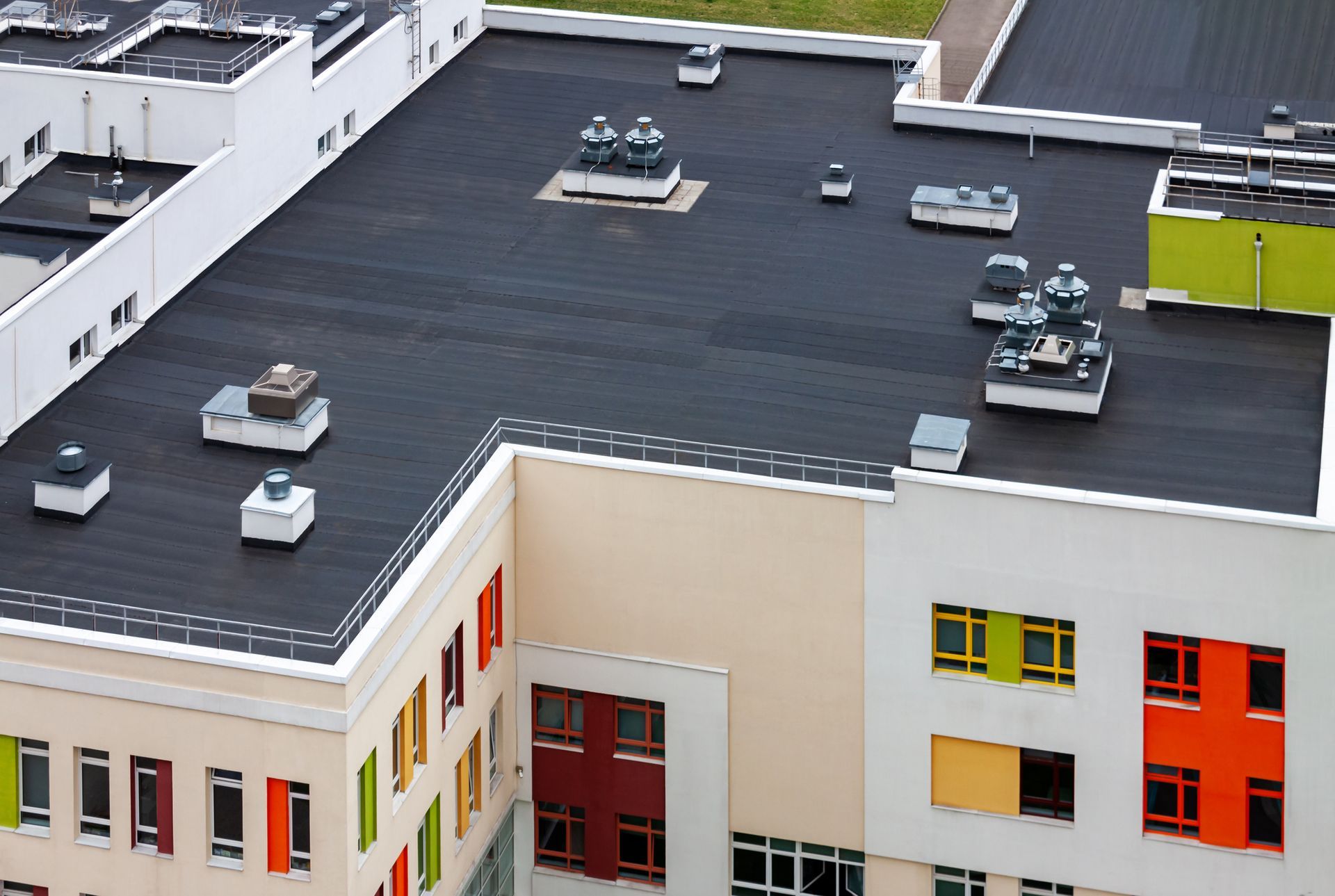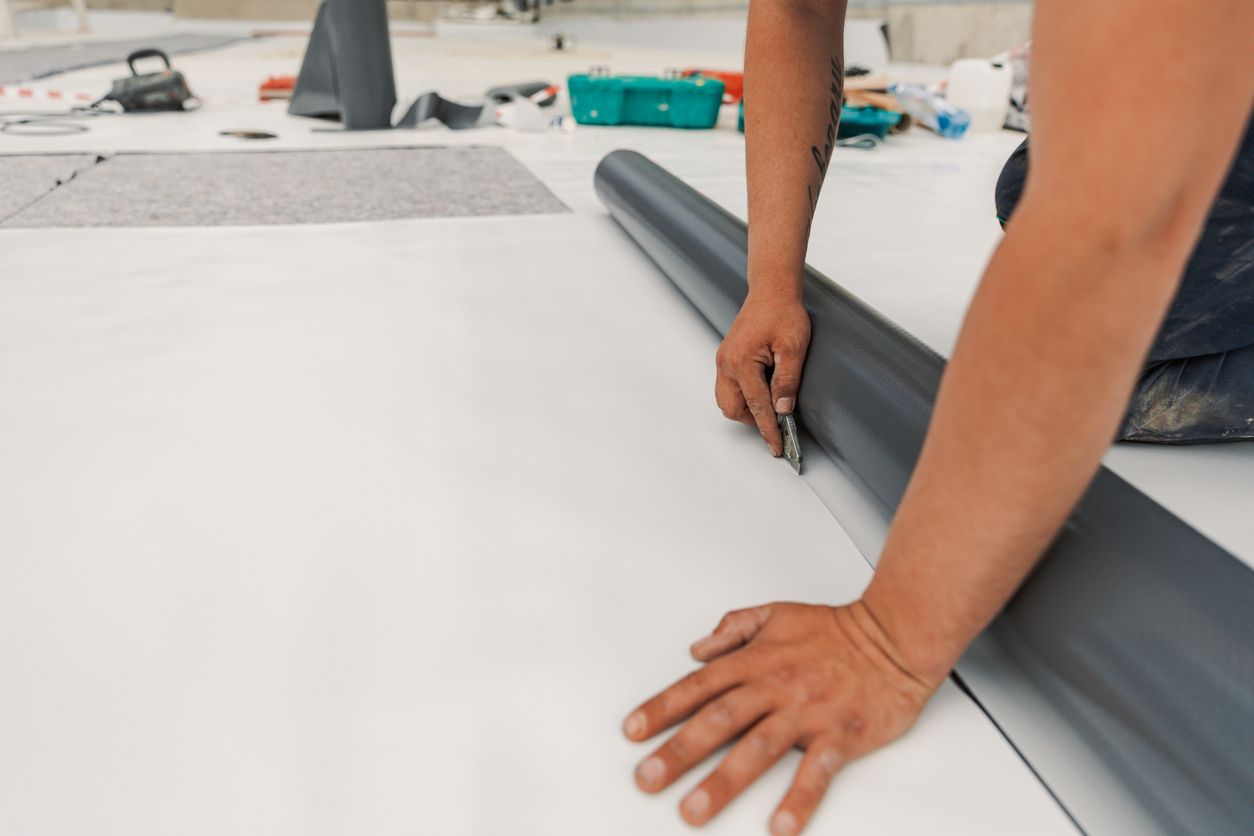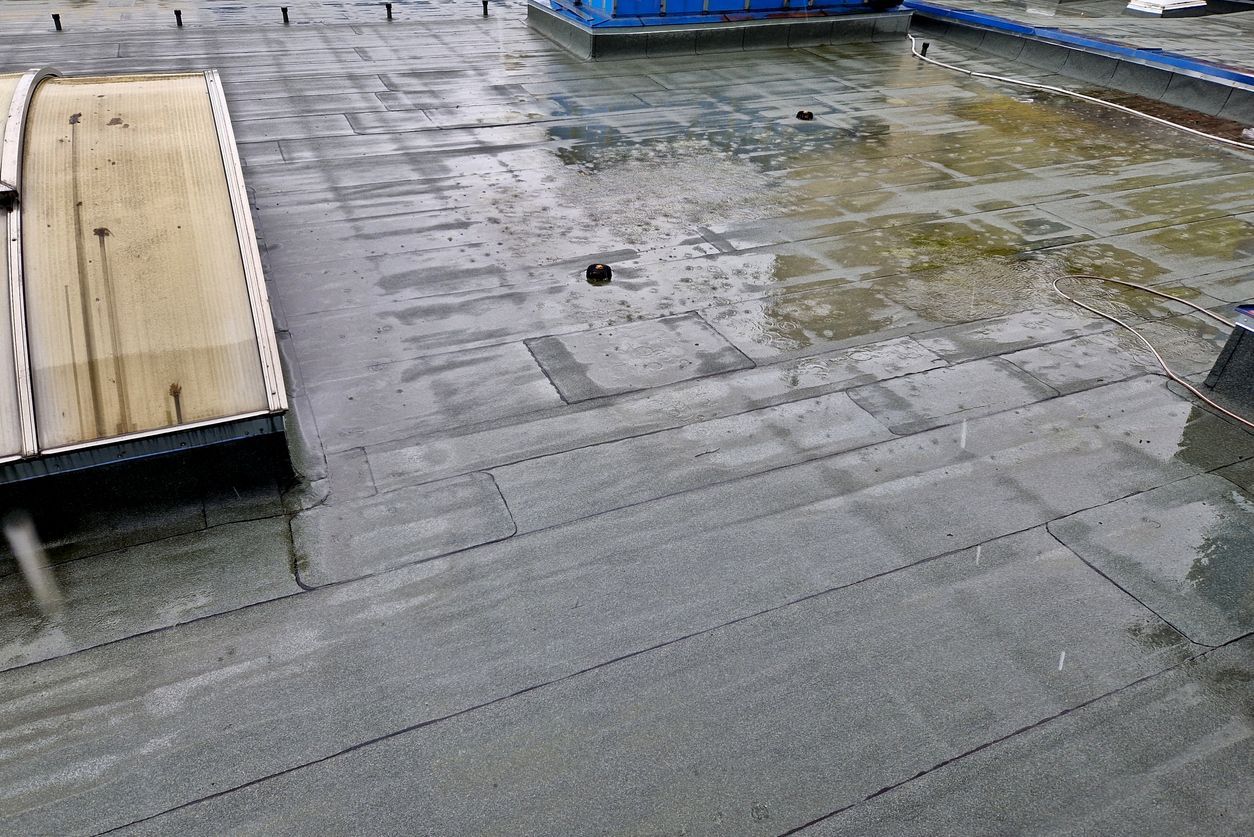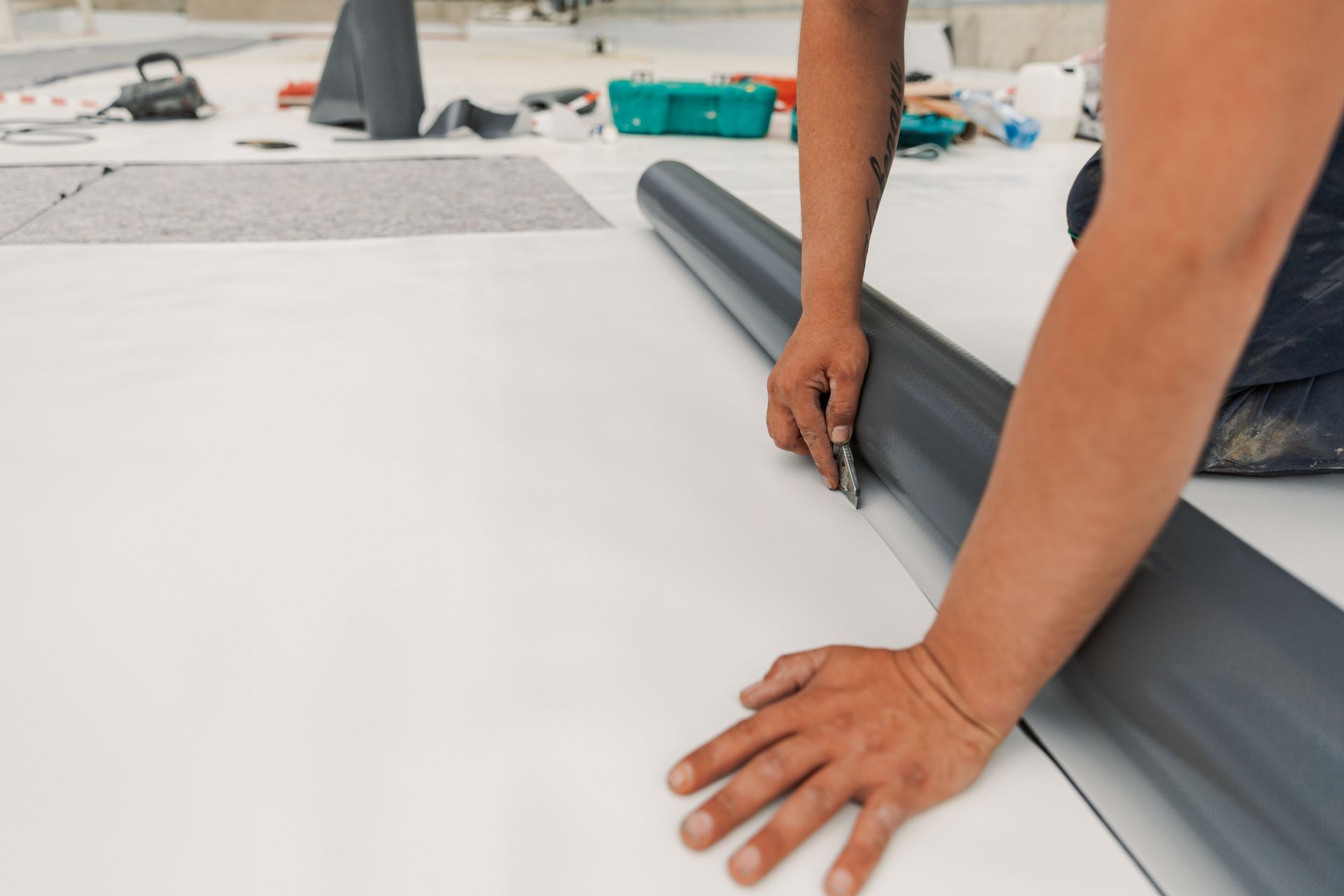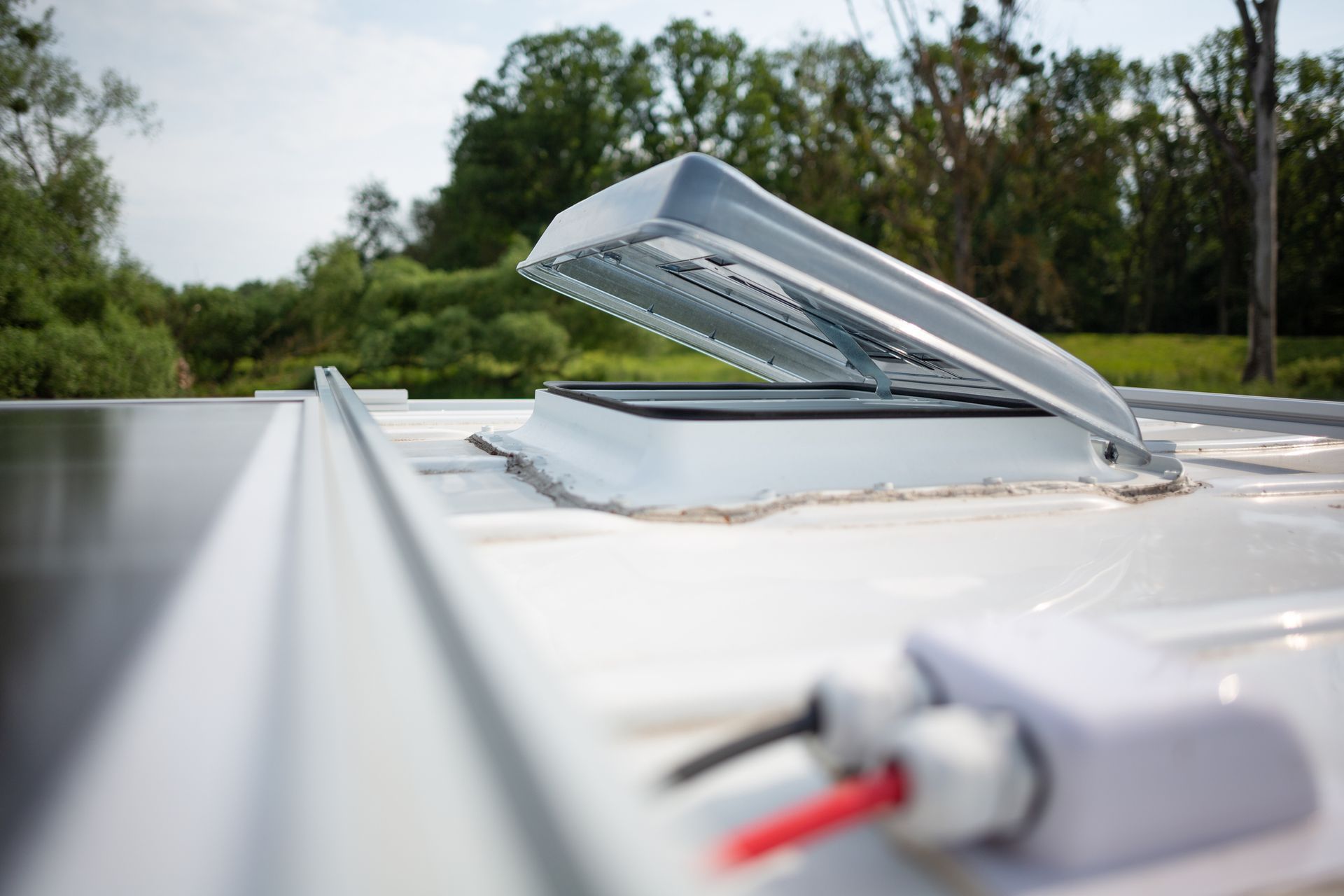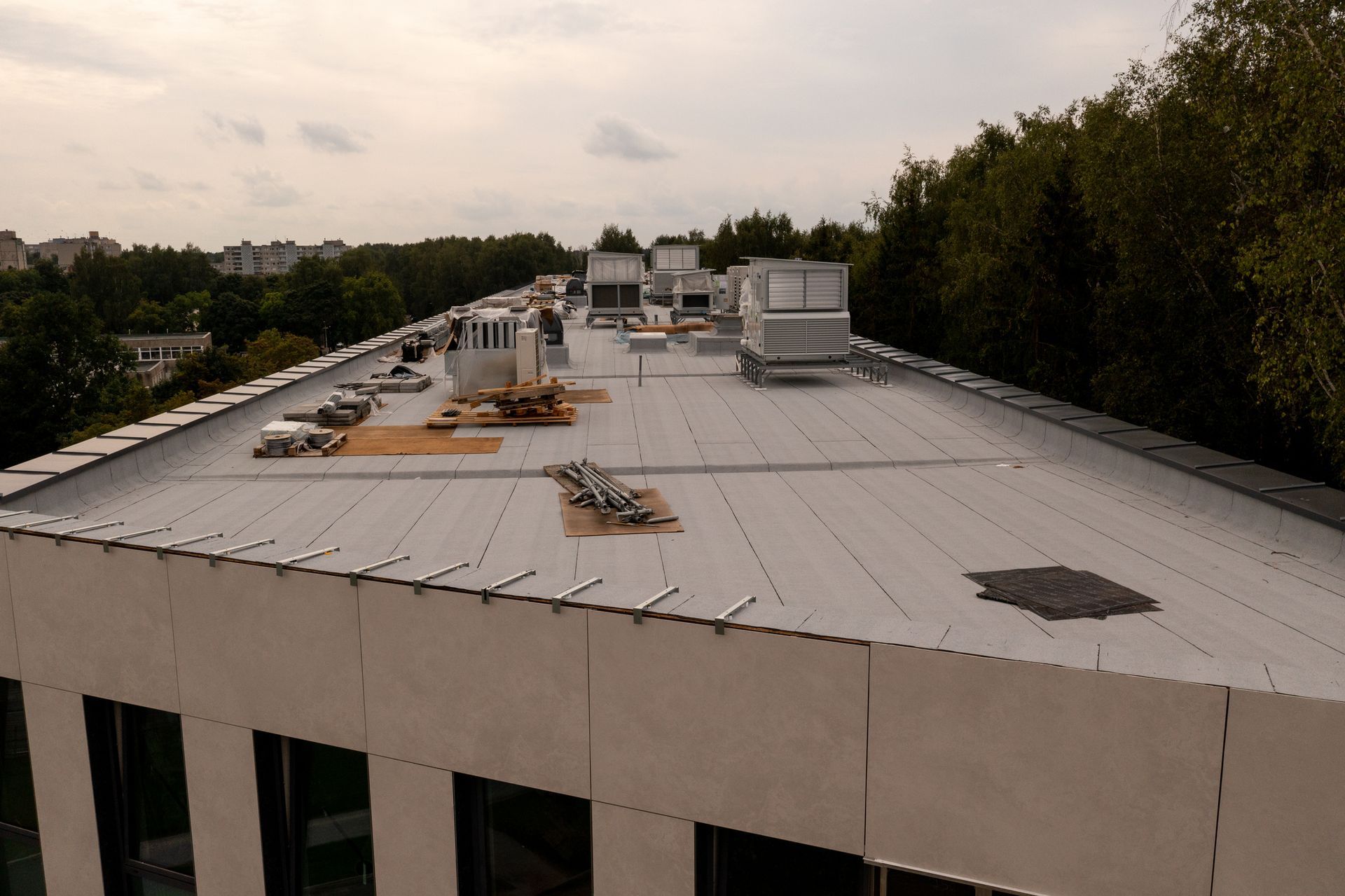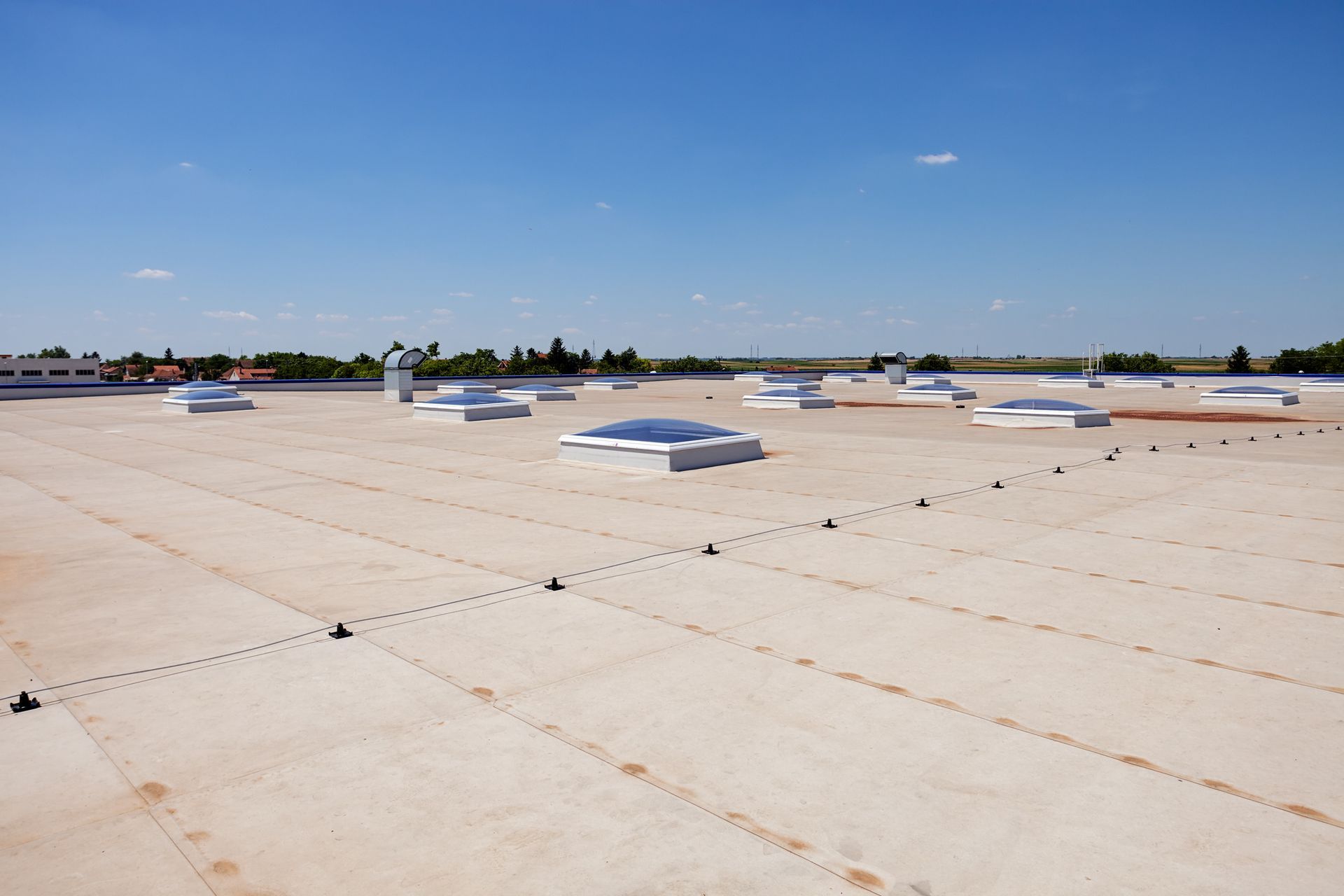Unexpected Ways Winter Can Wreak Havoc on Roofs
Few of us welcome the bitter conditions that arrive during wintertime, but we are fortunate to have well-built structures to keep us dry and warm. That is, until something goes wrong and Mother Nature makes its way inside. Roofs can take a beating during the winter months in several ways. Fortunately, there are several steps you can take to prevent failing winter roofs from impacting your business and your wallet.
Thermal Shock
When there are extreme shifts in temperature, this can have a significant impact on winter roofs. A wide swing between a nighttime low and a daytime high creates stress on your entire building, causing expansion and contraction, known as thermal shock.
Commercial rubber roofs are meant to handle these conditions well, but their resiliency will deteriorate over time. As a roof ages, its ability to withstand thermal shock without damage lessens. Minor damage can be repaired, which is why it is vital to have frequent inspections.
Heavy Snow
A single snowflake may be light as a feather and melt quickly, but accumulated snow is heavy and a serious issue for a commercial roof. Wet, heavy snow that piles up on your roof can create an overload issue, which can not only damage your roof, but also lead to a safety concern. According to FEMA , you should immediately evacuate your building if you hear or see any of these signs:
- Sagging boards or ceiling
- Sagging sprinkler heads or lines
- Sagging roof components such as plywood sheathing or metal decking
- Ceiling boards that fall out of the grid
- Cracking, popping, or creaking noises
- Bowing web members or truss bottom chords
- Windows and doors that can no longer be opened or closed
- Cracks in masonry or walls
- Severe roof leaks
If you have a flat roof, it will have a draining system, but this won’t help with unmelted snow. You should have a snow removal plan since just a few inches of snow can create large drifts that put heavy weight on one area of your roof. If snow removal is necessary, hire a professional that can accomplish this without injury or causing damage to your roof.
Ice Dams
One of the biggest risks to your roofing system during the winter involves ice dams. Since snow melts from the bottom up, water will run under the ice and into the flashings. This bypasses your gutter when that system is not available and leaks directly into your building.
The main reason that your gutters and drainage system may not work as designed is the presence of debris. Your first preventative step should be to remove all debris from the roof’s surface and from within your gutters. Also, clean all gutters, scuppers, and downspouts to ensure proper drainage. You can take extra steps to prevent ice accumulation in gutters by using heat cables in your gutters and drains.
Not Sure Where Your Roof Stands?
As the age-old saying goes, an ounce of prevention is worth a pound of cure. You can take several steps to ensure that your roof is ready for winter and minimize the impact that Mother Nature can have on your building.
First, perform a comprehensive check of your roof at least twice per year. Have the roof inspected for potential trouble spots, such as ponding water or separation, and make repairs. Keep your building’s gutters and drains free of debris to prevent ice dams. If it’s time for a new roof, consider one that is reflective to reduce thermal shock.
At All Seasons Roofing, LLC, we specialize in the repair and replacement of commercial flat roofing systems. Winter roofs can be a challenge in Central Missouri, and our Annual Flat Roof Maintenance Program can not only help you avoid costly issues but also extend the useful life of your roof. Contact us now to learn more.
The post Unexpected Ways Winter Can Wreak Havoc on Roofs appeared first on All Seasons Roofing.
